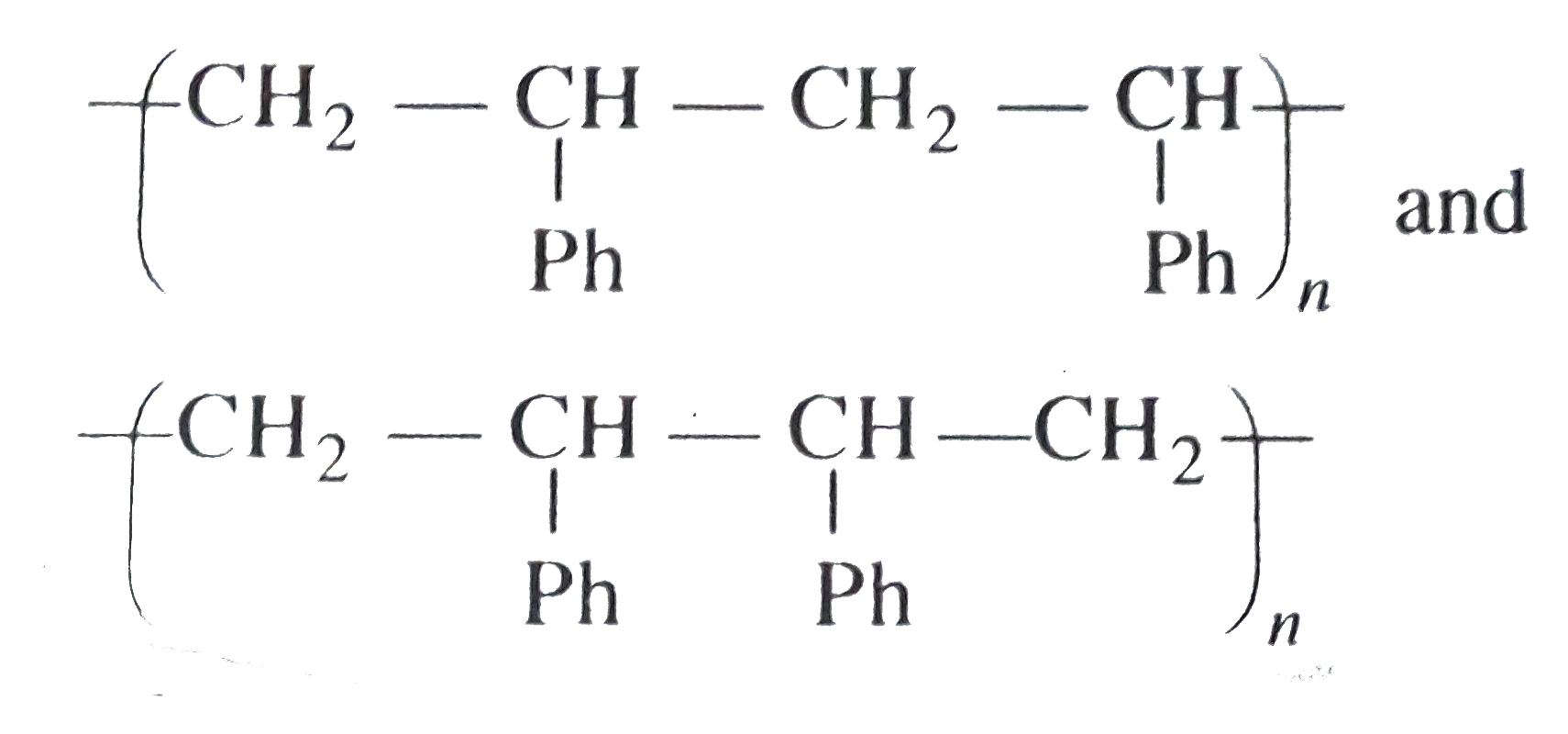Explain why free radical bromination of n-butane yields 2-bromobutane as the major product.
To explain why free radical bromination of n-butane yields 2-bromobutane as the major product, we can break down the process into several steps:
Step 1: Understanding Free Radical Bromination
Free radical bromination is a reaction where bromine (Br2) reacts with an alkane (like n-butane) in the presence of heat or light, leading to the formation of free radicals. The reaction proceeds through three main steps: initiation, propagation, and termination.
Step 2: Initiation Step
In the initiation step, Br2 is dissociated into two bromine radicals (Br•) when exposed to heat or light. This can be represented as:
Br2heat/light−−−−−−→2Br∙
Step 3: Propagation Steps
During the propagation steps, the bromine radical abstracts a hydrogen atom from n-butane (C4H10), forming a butyl radical and HBr. The butyl radical can be either a primary radical (from the terminal carbon) or a secondary radical (from the second carbon).
1. Formation of Primary Radical:
Br∙+n-butane→n-butyl radical+HBr
2. Formation of Secondary Radical:
Br∙+n-butane→2-butyl radical+HBr
Step 4: Stability of Radicals
The stability of the radicals plays a crucial role in determining the major product. Secondary radicals (like the 2-butyl radical) are more stable than primary radicals (like the n-butyl radical) due to hyperconjugation and the inductive effect.
- Primary Radical: Less stable, formed from the terminal carbon (3 hydrogen atoms available for abstraction).
- Secondary Radical: More stable, formed from the second carbon (5 hydrogen atoms available for abstraction).
Step 5: Formation of Products
The more stable 2-butyl radical will react with another bromine radical to form 2-bromobutane. In contrast, the less stable n-butyl radical will yield 1-bromobutane. However, due to the higher stability of the secondary radical, 2-bromobutane is formed in greater amounts.
Conclusion
Thus, the free radical bromination of n-butane yields 2-bromobutane as the major product because the secondary radical formed during the reaction is more stable than the primary radical, leading to a higher likelihood of forming 2-bromobutane.
---
Free radical bromination is a reaction where bromine (Br2) reacts with an alkane (like n-butane) in the presence of heat or light, leading to the formation of free radicals. The reaction proceeds through three main steps: initiation, propagation, and termination.
In the initiation step, Br2 is dissociated into two bromine radicals (Br•) when exposed to heat or light. This can be represented as:
Br2heat/light−−−−−−→2Br∙
During the propagation steps, the bromine radical abstracts a hydrogen atom from n-butane (C4H10), forming a butyl radical and HBr. The butyl radical can be either a primary radical (from the terminal carbon) or a secondary radical (from the second carbon).
Br∙+n-butane→n-butyl radical+HBr
Br∙+n-butane→2-butyl radical+HBr
The stability of the radicals plays a crucial role in determining the major product. Secondary radicals (like the 2-butyl radical) are more stable than primary radicals (like the n-butyl radical) due to hyperconjugation and the inductive effect.
- Secondary Radical: More stable, formed from the second carbon (5 hydrogen atoms available for abstraction).
The more stable 2-butyl radical will react with another bromine radical to form 2-bromobutane. In contrast, the less stable n-butyl radical will yield 1-bromobutane. However, due to the higher stability of the secondary radical, 2-bromobutane is formed in greater amounts.
Thus, the free radical bromination of n-butane yields 2-bromobutane as the major product because the secondary radical formed during the reaction is more stable than the primary radical, leading to a higher likelihood of forming 2-bromobutane.
Topper's Solved these Questions
- HALOALKANES AND HALOARENESBOOK - PRADEEPCHAPTER - HALOALKANES AND HALOARENESEXERCISE - ADDITIONAL QUESTIONS (LONG ANSWER QUESTIONS)
4 Videos
- HALOALKANES AND HALOARENESBOOK - PRADEEPCHAPTER - HALOALKANES AND HALOARENESEXERCISE - HIGHER ORDER THINKING SKILLS ((QUESTIONS AND PROBLEMS WITH ANSWERS/SOLUTION)
6 Videos
- HALOALKANES AND HALOARENESBOOK - PRADEEPCHAPTER - HALOALKANES AND HALOARENESEXERCISE - ADDITIONAL QUESTIONS (VERY SHORT ANSWER QUESTIONS)
64 Videos
- GENERAL PRINCIPLES AND PROCESSES OF ISOLATION OF ELEMENTS BOOK - PRADEEPCHAPTER - GENERAL PRINCIPLES AND PROCESSES OF ISOLATION OF ELEMENTS EXERCISE - Curiosity Questions
2 Videos
- ORGANIC COMPOUNDS CONTAINING NITROGENBOOK - PRADEEPCHAPTER - ORGANIC COMPOUNDS CONTAINING NITROGENEXERCISE - IMPORTANT QUESTIONS FOR BOARD EXAMINATION
27 Videos
Similar Questions
In free radical bromination reaction, 3∘ alkyl bromide form as major product in :-
View SolutionDehydration of 1-butanol or 2-butanol with conc. H2SO4 always gives the same mixture of 2-butene (80 %) and 1-butene (20 %) but dehydrohalogenation of 1-bromobutane with alc. KOH gives 1-butene as the major product while that of 2-bromobutane gives 2-butene as the major product . Explain why ?
View Solution
Knowledge Check
Bromination of n-butane gives
A1-bromobutane as the major productB2-bromobutane as the major productCboth 1-bromo and 2-bromobutane with equal percentageDboth 1-bromo and 2-bromo products whose percentage depends on temperaturePhotochemical bromination of n-butane produces
A1-bromobutane as the major productB2-bromobutane as the major productCboth 1-bromobutane and 2-bromobutane with equal percentageDboth 1-bromobutane and 2-bromobutane whose percentages depend upon temperature.Chlorination of n-butane gives the product
Aonly 2-chlorobutaneBonly 1-chlorobutaneCmixture of s-butyl chloride (excess)+n-butyl chlorideDn-butyl chloride and isobutyl chloride
(a) Explain the free radical polymerisation of styrene.
(b) The following two possible products can be formed in this reaction:(I)
Which product is formed and why?
View SolutionDuring dehydrohalogenation of 2-bromobutane the major product is
View SolutionElimination of bromine from 2-bromobutane reults in the formation of
View SolutionElimination of bromine from 2−bromobutane results in the formation of
View SolutionBromination of anisole gives major product
View Solution
